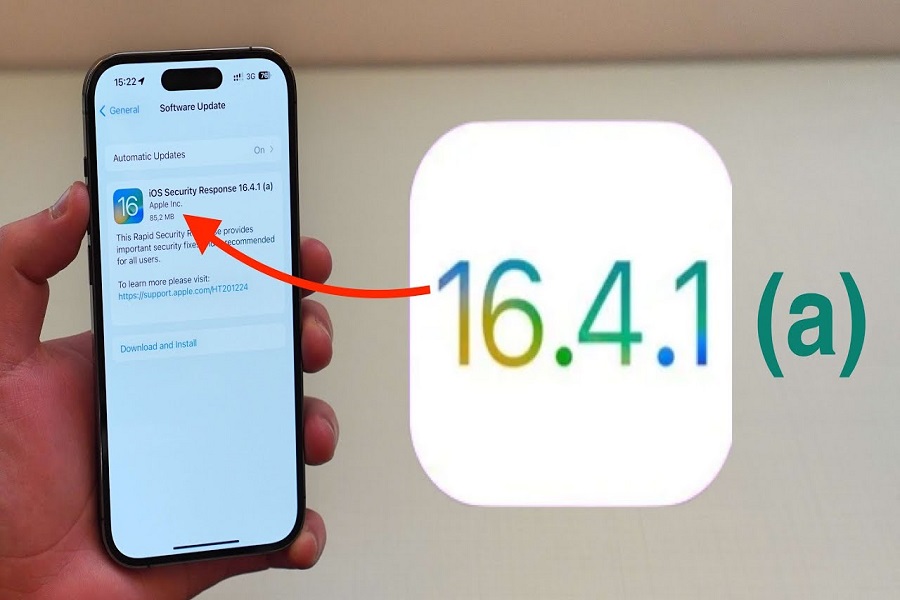No matter how perfectly Apple releases an update, there is some kind of missed issue. Apparently, Apple is great at detecting and solving those issues by releasing iOS updates. And this time Apple has specially released an update just for security patches and fixes. This update is part of Apple’s swift and efficient response to security breaches. It is called rapid security response and is available to all iOS 16 users. I am sure there might be many users out there still confused about this update, worry not folks! I am here to clear your doubts and update you on what is iOS 16 rapid security response.
See More: Is the iOS security response legit?
What is Rapid Security Response?
Rapid Security Response is a new type of software release for iPhone, iPad, and Mac that delivers important security improvements between software updates. It is an out-of-band security-only update for iPhones that aims to secure Apple’s platforms with automated security updates. Rapid Security Response allows Apple to fix iPhone security holes pretty much in real-time, rather than waiting until a bug fix update or wider feature set to release via point updates. It is an optional setting on Apple devices that delivers important security updates to patch vulnerabilities, such as the zero-day exploit and the Safari 15 bug, without installing or waiting for the next point update. A Rapid Security Response update is issued by Apple when major flaws are detected and require immediate resolution. This is why it is called “Rapid.”
What is iOS 16 Rapid Security Response?
In brief, this latest iOS 16 update is a Rapid Security Response update issued by Apple when the company detects significant flaws that require urgent fixing. These updates will also provide security enhancements for Safari, the WebKit framework, and other essential programs required to keep iOS operating smoothly. These updates will be used to target specific problems reported by users.It occurs when the company detects critical vulnerabilities and security exploits that require immediate attention. The official iOS release notes state that “this Rapid Security Response provides important security fixes and is recommended for all users.” The new iOS Rapid Security Response update is labeled as iOS 16.4.1(a).
Should I install iOS 16.4.1 (a) Rapid Security Response Update?
Yes, it is recommended to install the iOS 16.4.1 Rapid Security Response Update. This update delivers important security improvements between software updates and is designed to quickly fix security vulnerabilities that are under active exploitation or pose significant risks to Apple customers. It is not clear what this security update fixes, but it is always a good idea to keep your device up to date with the latest security patches to protect against potential security threats.
How to install iOS 16.4.1 (a) Rapid Security Response Update?
To install the iOS 16.4.1 (a) Rapid Security Response Update, follow these steps:
- Go to the Settings app on your iPhone.
- Tap on General and then go to Software Update.
- Make sure that “Security Responses & System Files” is turned on.
- Click the Show Details button next to Automatic Updates, then make sure that “Install Security Responses and system files” is enabled.
- The update should appear in the Software Update section. Tap on Download and Install.
- Wait for the update to download and then tap on Install Now.
- Your device will restart after the installation is complete.
Until next time, with another topic. Till then, Toodles.






